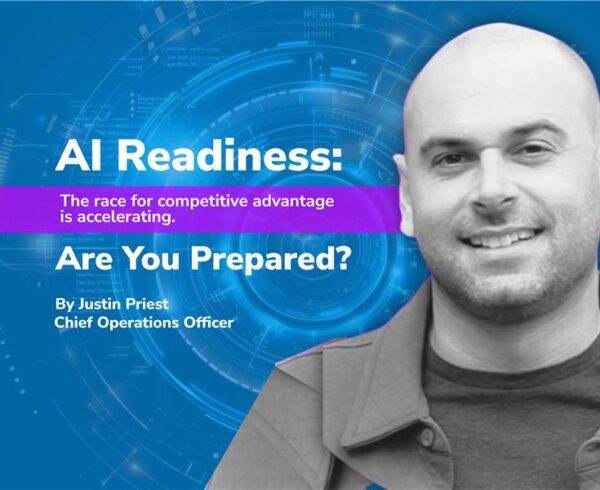In today’s fast-paced digital landscape, the success of your organization’s technology strategy hinges on having the right talent in place. However, unfilled technology positions can create significant disruptions—not just in strategy execution, but also in budget management. What is the true impact of unfilled technology roles, and how can you best balance your staffing approach to ensure your business thrives?
CONTRACTORS VS. FTES: PROS AND CONS
When it comes to filling technology roles, organizations often face the dilemma of choosing between hiring full-time employees (FTEs) or contractors. Each option has its own set of advantages and disadvantages, which can significantly impact both your strategy and budget.
-
- FULL-TIME EMPLOYEES (FTES):
Hiring FTEs offers long-term stability and a deep understanding of your company’s specific goals and challenges. These employees are more likely to be invested in your organization’s success, contributing not just to individual projects but to the overall culture and growth of the company. FTEs are often preferred for roles that require ongoing expertise, such as IT management, cybersecurity, or systems architecture. However, hiring FTEs can be a time-consuming and expensive process. The recruitment process is often lengthy, requiring significant resources to find candidates who not only have the right skills but also fit within the company culture. Additionally, FTEs come with ongoing costs such as salaries, benefits, and training, which can strain your budget if not managed carefully.
- FULL-TIME EMPLOYEES (FTES):
-
- CONTRACTORS:
On the other hand, contractors offer flexibility and can be brought in to address specific, short-term needs. For example, during a cloud migration or software implementation, contractors with specialized skills can be hired for the duration of the project. This approach allows organizations to scale their workforce up or down quickly, depending on the demands of the project, without the long-term financial commitment associated with FTEs.
Although contractors may not always have the same level of commitment to your organization as FTEs, they may lack the broader understanding of your company’s strategic goals, focusing instead on completing the task at hand. This can lead to a disjointed approach to technology projects, where short-term goals are met, but long-term strategy suffers. Additionally, relying heavily on contractors can lead to higher costs over time, especially if the same skill sets are needed repeatedly for different projects.
- CONTRACTORS:
HOW OPEN ROLES CAN COST YOU A LOT OF MONEY
Unfilled technology positions can be a silent drain on your organization’s budget. The longer a critical role remains open, the more it can cost your company, both in direct and indirect ways.
-
- PROJECT DELAYS AND OPPORTUNITY COSTS:
When key technology roles go unfilled, it can lead to significant project delays. Whether it’s a delay in deploying new software, migrating to the cloud, or implementing security measures, these setbacks can have a ripple effect throughout the organization. Not only does this slow down your overall strategy, but it also results in lost opportunities. Competitors who are quicker to implement similar technologies can gain a market advantage, potentially costing your company both revenue and market share. - INCREASED WORKLOAD ON EXISTING STAFF:
Unfilled roles often mean that existing staff must take on additional responsibilities, leading to increased workloads and burnout. This can result in decreased productivity, lower morale, and ultimately, higher turnover rates. The cost of replacing burned-out employees can be significant, not to mention the loss of institutional knowledge and the negative impact on team dynamics. - BUDGET OVERRUNS:
As projects get delayed due to unfilled roles, budgets can quickly spiral out of control. Extended timelines often lead to additional costs, such as extending the contracts of temporary workers or paying for overtime. Moreover, delays in implementing cost-saving technologies can prolong inefficiencies, further straining the budget.
- PROJECT DELAYS AND OPPORTUNITY COSTS:
BALANCING TALENT ACQUISITION WITH STRATEGIC NEEDS
Unfilled technology positions can significantly undermine your company’s strategy and budget, but by carefully balancing your approach to staffing and considering direct hiring for key roles, you can mitigate these risks. Whether it’s through a mix of FTEs and contractors or by making strategic direct hires, ensuring you have the right talent in place is essential to driving your business forward.
In today’s competitive market, where technology is a driving force behind nearly every business strategy, the cost of unfilled roles is too high to ignore. By proactively addressing staffing challenges and optimizing your hiring processes, you can ensure that your technology strategy—and your budget—remain on track, positioning your organization for long-term success.






